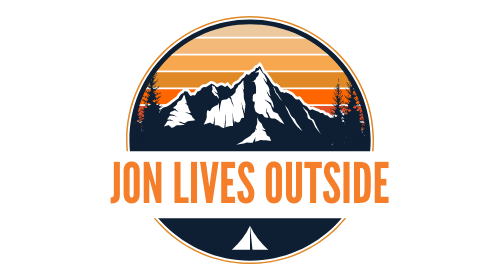Vegan Backpacking: Innovative DIY Meal Planning Guide
Planning vegan meals for a backpacking trip can be both fun and rewarding. Aim for 2,500-4,000 calories a day to stay energized. Focus on pantry staples like oats, quinoa, and nuts, along with vegan proteins such as beans and tofu.
Keep your meals simple and satisfying. For group trips, share meal planning tasks and use shared spreadsheets. Choose light, packable meal options, and organize them in reusable bags.
When picking cooking gear, prioritize lightweight and durable items. Efficiently pack by using stuff sacks and repurposed containers.
Stick around to discover more tips to make your vegan backpacking meals a success!
Meal Planning Essentials
Meal Planning for Vegan Backpacking
Meal planning is key for enjoying delicious, nutritious, and lightweight meals during your vegan backpacking adventure. Aim for around 2,500-4,000 calories per day to meet your energy needs.
Plan each day's meals, including breakfast, lunch, dinner, and snacks. Focus on pantry staples and vegan protein sources like beans, lentils, and nuts. Spice mixes can enhance flavors, making meals more enjoyable.
Think lightweight and packable: dried fruits, grains, and veggies are great options. Create hearty dishes that keep you fueled and happy. The goal is to enjoy your freedom on the trail, so keep it simple and satisfying.
This approach gives you more time to explore and less time worrying about food.
Group Meal Strategies
Strategies for Group Meals While Backpacking
Ensuring everyone in your backpacking group is well-fed while minimizing effort is key to a successful trip. Begin by discussing food preferences and portion sizes to cater to everyone's needs.
Distribute meal planning, shopping, and preparation tasks among group members, rotating these responsibilities to keep things equitable and enjoyable. For longer trips, shared spreadsheets can help maintain organization.
Focus on meals that are nutritious, lightweight, and easy to pack, using pantry staples and fresh vegetables. Spice mixes can boost flavor without adding much weight. Make sure you have a camp stove and cooking pot that are appropriate for your group size to ensure efficiency.
These strategies will help you enjoy delicious, hassle-free meals in the great outdoors.
Cooking Equipment Selection

Choosing the right cooking equipment is key to making sure your backpacking meals are easy to prepare and tasty. Consider the size of your group when picking a cooking pot. A small group might only need a compact pot, while a larger group could benefit from a bigger one.
Ensure your camp stove matches your pot's size, as an unstable setup can be quite problematic. Versatile pot and stove combos like the MSR Windburner can be ideal for various situations.
Always prioritize lightweight and durable gear to keep your pack manageable. Reliable and stable cooking equipment means less hassle and more enjoyment, letting you focus on the adventure.
Caloric Needs and Food Quantity
Understanding your caloric needs is crucial for staying energetic throughout your backpacking trip. You'll need around 2,500-4,000 calories per day, depending on your activity level and body size. Focus on tasty, filling meals rather than just calorie counting. Choose snacks and pantry items that are lightweight yet nutritious. Here's a quick breakdown to help you plan:
| Meal Type | Suggested Calories |
|---|---|
| Breakfast | 500-700 |
| Lunch | 600-800 |
| Dinner | 800-1,200 |
Packing extra snacks ensures you're always prepared. The freedom of the trail comes from being well-fed and energized. Enjoy your adventure with meals that fuel both your body and spirit!
Packing and Storage Tips

Packing and Storage Tips for Backpacking
After figuring out your caloric needs and planning your meals, it's time to pack efficiently for your backpacking adventure.
Start by organizing each day's meals in compostable Ziplock bags or reusable Stasher Bags. This keeps everything neat and easy to find. Use stuff sacks to store a day's worth of food separately, making unpacking simple.
Repurpose small containers for liquids and spices to avoid spills. Pack efficiently by filling every available space in your backpack.
Aim to balance weight and accessibility. Keep heavier items in the center of your pack for better stability.
With these tips, you'll be prepared for a smooth and enjoyable vegan backpacking experience!
Conclusion
As you head out on your vegan backpacking journey, you'll see how well-planned meals can make your outdoor experience much more enjoyable.
With some preparation, you can have tasty and nutritious food that keeps you full of energy and excitement for each leg of your adventure.
Planning ahead is key, so pack wisely, cook creatively, and enjoy every moment of your trip.
Happy trails and happy eating!
